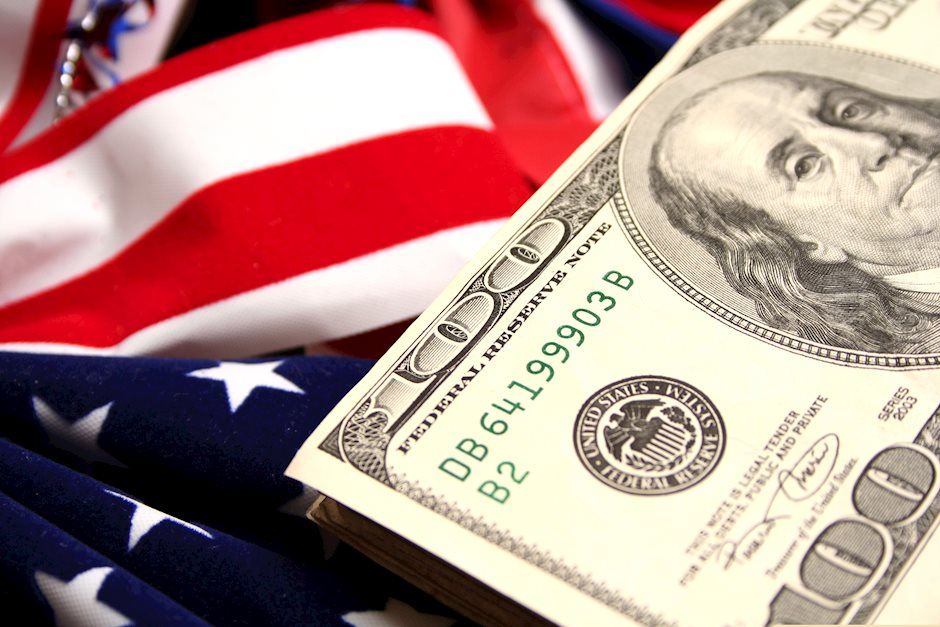US Nonfarm Payrolls Report September Preview: The challenge to define normality
- Job creation to drop below 1 million in September to 850,000.
- Unemployment rate to see modest improvement to 8.2% from 8.4%.
- US dollar sensitive to NFP as two-track labor recovery continues.

As US payrolls improve faster than anticipated and weekly Initial Jobless Claims continue at high levels the signs that the labor economy has separated into two tracks are becoming clearer each month.
The 3.5% unemployment rate and 224,000 weekly initial claims in February were the product of a decade of growth capped by three exceptional years prior to the March collapse and the loss of 22 million jobs.
Over the past five months, the labor market has added over 10 million jobs and laid off almost a million people each week in the last month. The coincidence of these two trends is a first for the US economy.
Employment situation report
Payrolls are expected to add 850,000 employees in September and the unemployment rate (U-3) is forecast to drop to 8.2% from 8.4%. If correct that would bring the rehires to 51.6% of the 22.16 million workers furloughed or fired in March and April and more than half-way back to February’s 3.5% unemployment rate from April’s 14.7%.
Nonfarm Payrolls
Average Hourly Earnings are projected to rise 4.8% on the year from 4.7% in August and 0.2% in September down from 0.4% prior. The Labor Force Participation Rate is expected to fall to 61.5% from 61.7%. Average Weekly Hours will be unchanged at 34.6.
The Underemployment Rate (U-6) is predicted to jump to 15.4% from 14.2% in August. This is the third month in a row when this rate which includes so-called discouraged workers, has been forecast to move higher. In July it was expected to move to 19.7% from 18% in June. Instead, it dropped to 16.5%. In August the consensus estimate was 17.3%, the reality was 14.2%
A new economic reality
In an election season, the judgement on whether the improvement since April is excellent or abysmal depends on politics. The spring collapse and the summer recovery are unprecedented in the non-judgmental use of the word, such economic events had never happened before.
Many of the unrestored jobs that are in the segments of the economy like travel and hospitality, which may take years to recover, or were from small business and restaurants in still partially closed cities like New York, will never return. Those unemployed will have to find new work and the economy will have to generate thousands of new firms and millions of new jobs to reach the levels before the pandemic.
NFP, initial claims and retail sales
While payrolls have maintained a steady return of workers since the recovery began in May, the four-week moving average for initial claims was 867,250 in the September 25 week. Seven months after the market collapse began in March the economy is still furloughing almost one million workers a week.
Unemployment insurance and other government program have helped maintain consumer spending but the question is when or will the employment situation begin to affect consumption? For the 70% consumer-based US economy the answer is crucial.
Retail Sales have more than recovered from the March and April closures. Purchases slowed in August, rising 0.6% on a 1% forecast and down from July’s 0.9% gain.
Retail Sales
Including the shutdown months, sales have averaged 0.87% through August, 5.2% for the period. In normal times those numbers would be evidence of a robust if not booming consumer economy. The GDP component control group is even more impressive. The six-month average is 1.28% and the total is 7.7%.
The May and June rebound in sales was not surprising, large sections of the US economy were closed in March and April but life did not halt, it was on hold.
More important will be the continuation into September and the fourth quarter. If the July and August reductions are not a return to normal levels of consumption but a declining trend that manifests into the Christmas season the prognosis for the US economy will be much worse.
The September Retail Sales numbers will be issued by the Commerce Department on Friday, October 16.
Conclusion and the markets
Nothing economic would cheer the US equity markets and the dollar like a strong payrolls report, especially now, heading into the holiday shopping season.
Jobs are the basic ingredient in consumer attitudes and spending. Conference Board Consumer Confidence soared to 101.8 in September with the largest single-month gain in seventeen years. The improvement was far beyond the 89.2 forecast and August's revised 86.3 scores though distant from February's 132.6 score. Is a better labor market behind the jump in confidence?
The dollar has been moribund for most of September after the market rejected further declines early in the month. Since the Fed and other central banks on hold, economic comparisons are the basis for currency action. With further stimulus from Congress in doubt, payrolls are central to determining the direction of the US economy and the dollar.
If the US cannot provide better growth who will?
Premium
You have reached your limit of 3 free articles for this month.
Start your subscription and get access to all our original articles.
Author

Joseph Trevisani
FXStreet
Joseph Trevisani began his thirty-year career in the financial markets at Credit Suisse in New York and Singapore where he worked for 12 years as an interbank currency trader and trading desk manager.

















